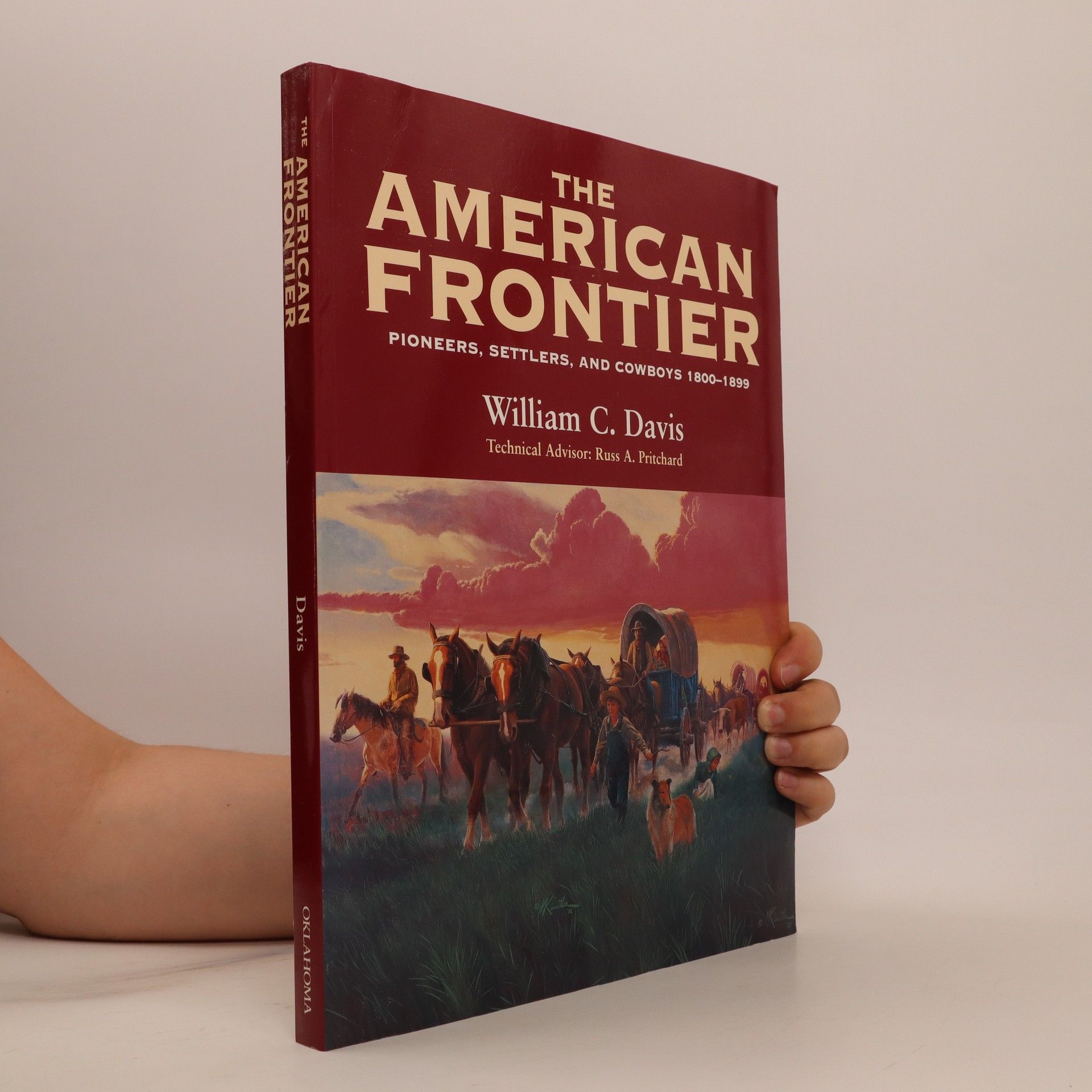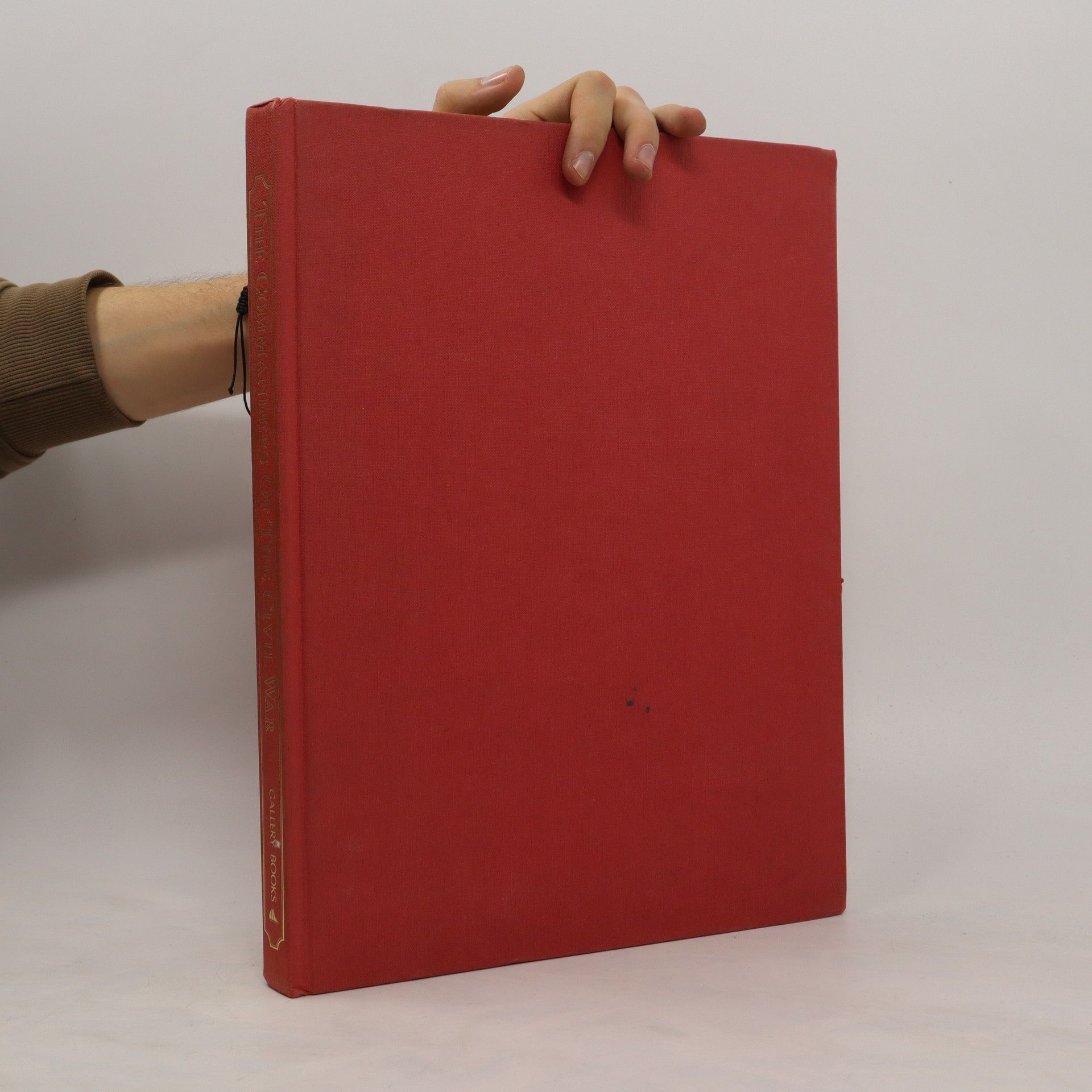Photographic History of the Civil War
- 1376pages
- 49 heures de lecture
Written and compiled by the nation's leading authorities, with nearly 2,000 photographs in each volume (many published only in these collections).






Written and compiled by the nation's leading authorities, with nearly 2,000 photographs in each volume (many published only in these collections).
An account of the lives of the commissioned officers during America's war of secession. Including a remarkable collection of photographs of historical and personal memorabilia.
Focusing on thirteen pivotal battles of the Civil War, this book explores both the military strategies and the influential personalities of army commanders. With detailed accounts of battles like Gettysburg and Antietam, it illustrates how individual traits shaped outcomes. The narrative is enriched with a comprehensive introduction on Fort Sumter and an epilogue on the Confederate surrender. Each battle features annotated color maps, along with 35 color photographs of artifacts, 28 paintings of soldiers, and 166 historical images, providing a vivid visual context.
"By February 1865, the end was clearly in sight for the Confederate government. Lee's defeat at Gettysburg had dashed the hopes of its army, and Grant's victory at Vicksburg had cut the South in two. An Honorable Defeat is the story of the four months that saw the surrender of the South and the assassination of Abraham Lincoln by Southern partisans. It is also the story of two men, antagonists yet political partners, who struggled to achieve their own differing visions: Jefferson Davis, autocratic president of the Confederate States, who vowed never to surrender whatever the cost, and his secretary of war, General John C. Breckinridge, who hoped pragmatism would save the shattered remnants of the land he so loved ... William C. Davis traces the astounding journey of these men, and the entire Confederate cabinet, as they fled Richmond by train, then by mule, then on foot. Using original research, he narrates, with dramatic style and clear historical accuracy, the futile quarrels of the two men as they continued their flight from their eventual fate."--Jacket
Decades of research by a noted historian reveal the motivations and aspirations of the South during the Civil War. This comprehensive work delves into the principles driving the Confederacy, providing insights into their objectives. Accompanied by a 16-page photo insert, the book offers a vivid portrayal of this pivotal era in American history.
The author of "The Fighting Men of the Civil War" now masterfully chronicles the grand history of the territory beyond the Mississippi, with particular attention to exploration, expansion, conflict, and settlement.
Robert Toombs and Alexander H. Stephens
The biography explores the contrasting lives of Robert Toombs and Alexander H. Stephens, two influential figures from Georgia whose friendship significantly impacted the Confederacy. Toombs, a charismatic leader, and Stephens, a fragile intellectual, navigated the tumultuous landscape of secession and war together, despite their differing temperaments. Davis delves into their political careers, personal struggles, and eventual disillusionment, illustrating how their bond endured through crises and shaped their visions for the South, the Union, and the Confederacy that ultimately eluded them.
How President Lincoln Became Father to an Army and a Nation
Exploring the unique bond between Abraham Lincoln and his soldiers, this work reveals how he earned the title "Father Abraham." Utilizing thousands of unpublished letters and diaries, William C. Davis uncovers how Lincoln inspired faith and courage among troops during pivotal battles like Shiloh and Vicksburg. The narrative highlights soldiers’ comfort in visiting the White House, portraying the emotional landscape of an army amidst a brutal conflict. This thorough examination sheds new light on Lincoln's influence during America's transformative period.
Complemented by more than two hundred vintage and color photographs, the chronological story of the opening and settling of the West includes the success of the Lewis & Clark survey, the fur trade, the gold rush, the Pony Express, the railroads, and more.
The experience of America's epic conflict through the lives of the men who fought it ; featuring a unique photographic record of personal memorabilia and weaponry.